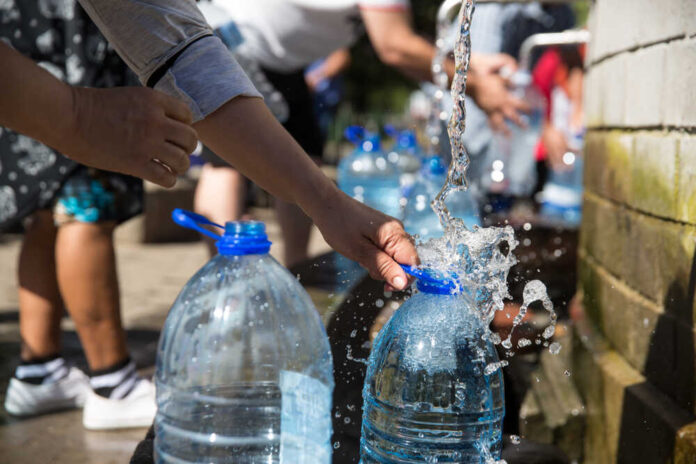
Concerns that California’s water crisis might recur due to below-average snowpack persist despite many storms that have just moved across the state.
A wet winter last year significantly increased California’s water supply, which had been severely depleted due to years of drought. A dozen or more air rivers dumped snow and rain on the West Coast, helping to end the drought in California and increasing mountain snowpack levels to almost twice the usual for specific locations. A remarkable recovery occurred in some of California’s most affected reservoirs due to the runoff after the snow melted in the spring and summer.
The most significant reservoirs in the state are now at or above their historical average levels.
Last winter, experts cautioned that the state’s water supplies couldn’t be fully restored by a single rainy season; now, the absence of snow this season, often referred to as a snow drought, has prompted renewed worries that the problem may resurface.
Department of Water Resources data shows that while most California reservoirs aren’t at capacity, water levels are at or above the historical average.
Diamond Valley Lake in Southern California is at 130% of its historical average, with a capacity of 93%. While Pine Flat Lake is 61% full, it is 175 % over its average historical level.
Lake Shasta in Northern California, which was at 31% capacity in late November 2022, is now at 69% capacity, above 100% of its historical average.
The reservoirs’ reaction to the scant snowfall this year remains to be seen. The Sierra Nevada mountains have received less snow than usual this winter, even though there have been storms. Officials from the state surveyed the mountain range for snow earlier this week, finding far lower than usual amounts. The snowpack in the northern Sierra Nevada mountains was 38% of its average. As one moved south, the levels became much more dangerous. The middle summits of the Sierra Nevada had a snowpack of only 34% of normal, while the southern peaks had even less at 27%.
Although most of California’s reservoirs are in good shape, the figures are problematic since, as stated in the news release, one-third of California’s water supply comes from snowmelt during the warmer months.














